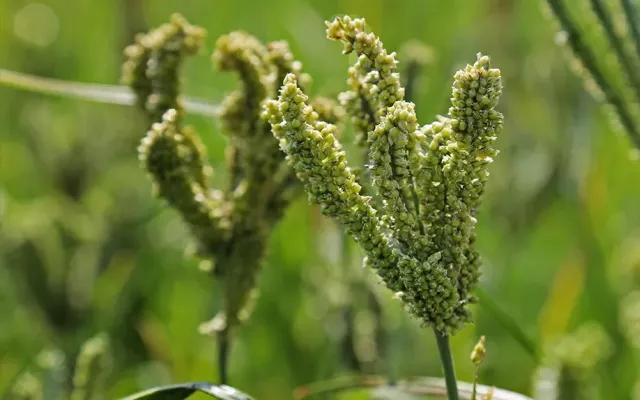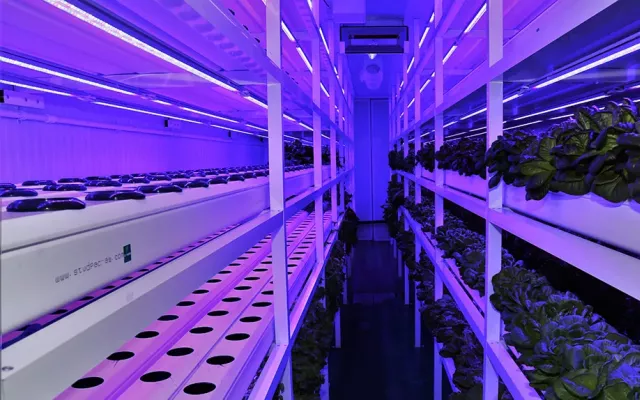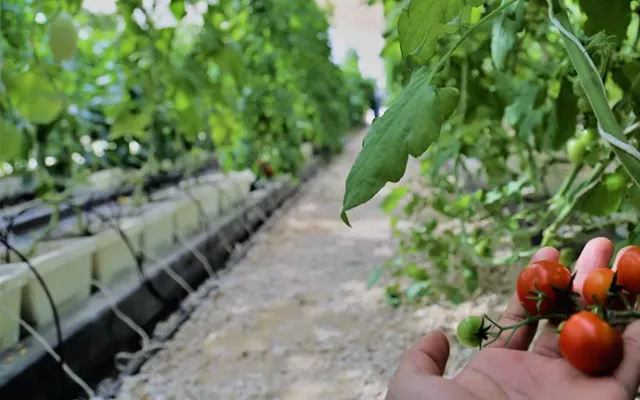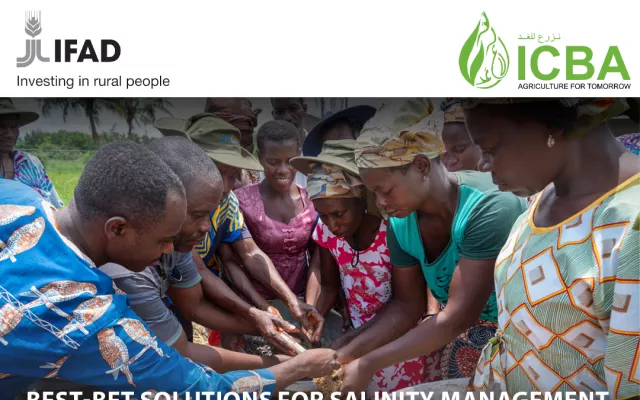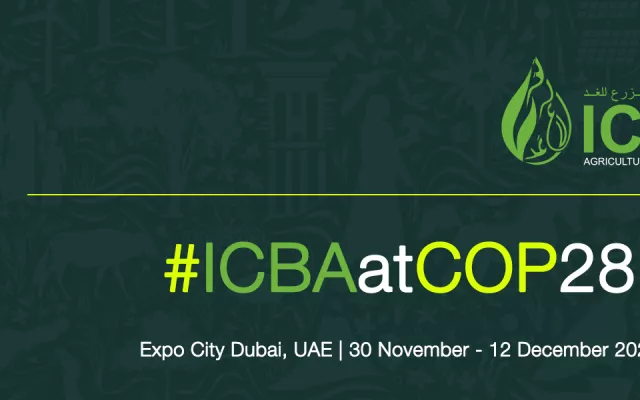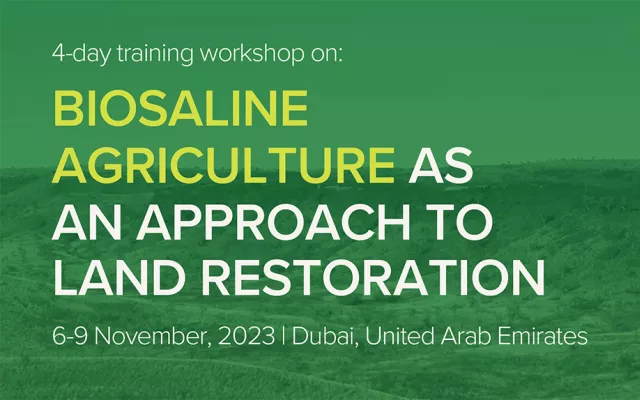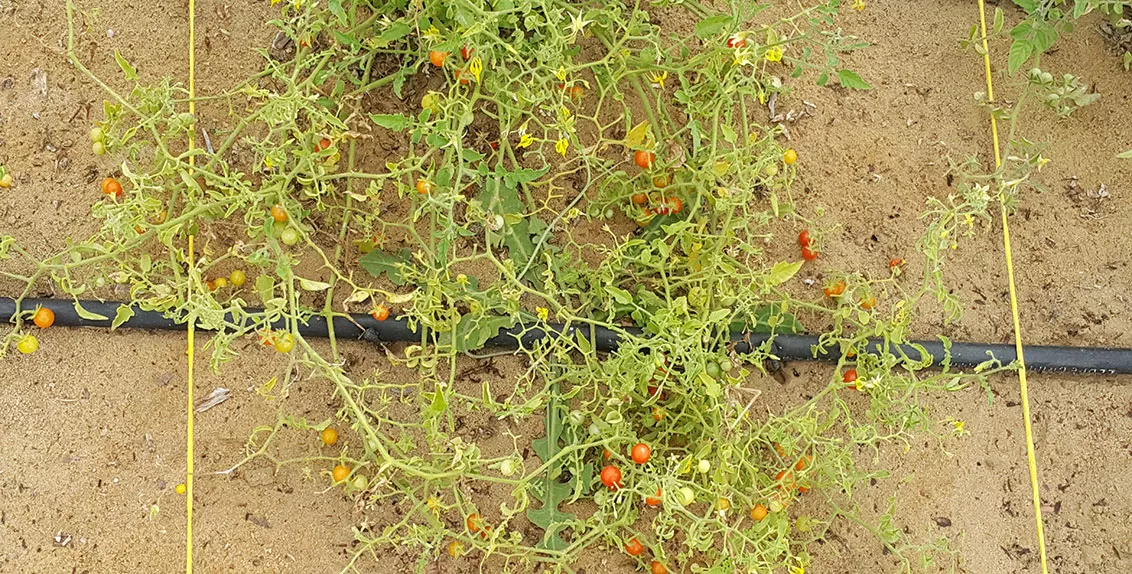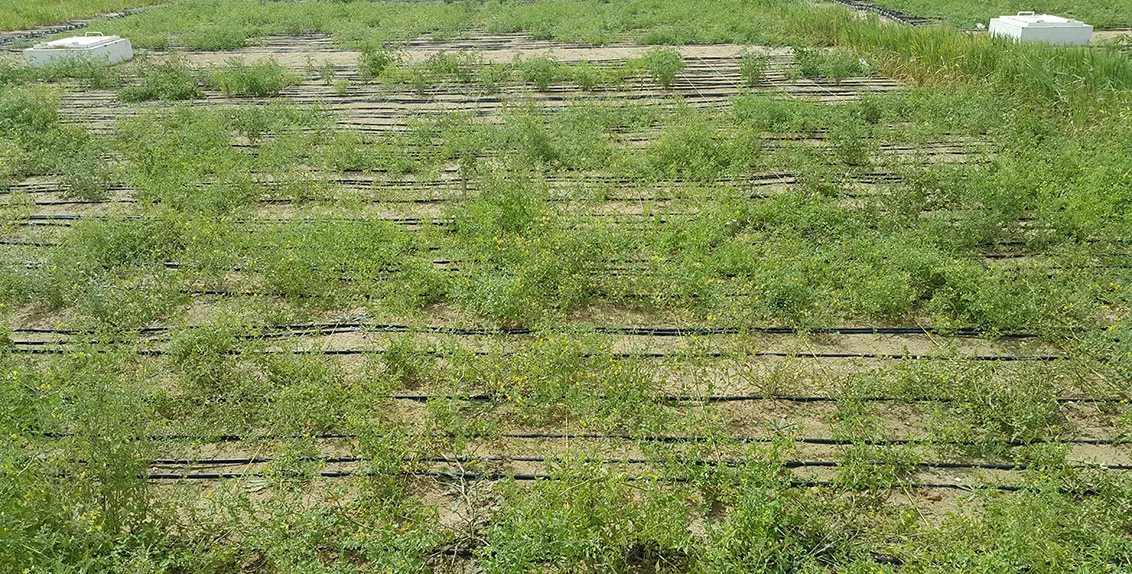New study brings scientists one step closer to salt-tolerant tomato
4 October 2018
A new study led by a team of scientists from the King Abdullah University of Science and Technology (KAUST), Saudi Arabia, in collaboration with the International Center for Biosaline Agriculture (ICBA), has provided new insight into the salinity tolerance of tomato.
Published in Frontiers in Plant Science, the study presents the genome assembly and annotation of Solanum pimpinellifolium, a wild relative of cultivated tomato.
Phenotypic data from an extensive experiment of 214 wild and 13 cultivated tomato accessions, carried out at ICBA in Dubai, the UAE, in 2015-2016, demonstrates a greater salinity tolerance for fruit- and yield-related traits in Solanum pimpinellifolium compared with cultivated tomato.
The study shows that the wild tomato relative offers a wealth of breeding potential for desirable traits such as tolerance to biotic (pests and diseases) and abiotic (drought and salinity) stresses.
The insight is expected to enable geneticists and breeders to further explore genes that underlie agronomic traits as well as stress-tolerance mechanisms in wild tomato, and to use this knowledge to improve tolerance to biotic and abiotic stresses in cultivated tomato.
These findings are significant in the context of continued salinization around the world, which is a major cause of decline in agricultural productivity.
In their study, Qadir et al. note that every day for over 20 years, an average of 2,000 hectares of irrigated land in arid and semi-arid areas in 75 countries have been degraded by salt.
They point out that about 62 million hectares, or 20% of the world’s irrigated lands, have been affected by salinity to varying degrees, up from 45 million hectares in the early 1990s.
They put the global inflation-adjusted annual cost of salt‐induced land degradation in some 310 million ha of irrigated areas at 27.3 billion USD because of lost crop production only.
A report by the Food and Agriculture Organization of the United Nations paints an even bleaker picture. It estimates that salt-affected soils occur in over 100 countries, and their worldwide extent is reckoned at around 1 billion hectares.
“The utilization of saline water and salt-affected land requires appropriate plant species and varieties with economic or environmental value. Identifying both conventional and non-conventional plants that can withstand saline conditions is one of the primary steps in utilizing saline water resources and saline environments,” says Dr. Mohammad Shahid, a geneticist at ICBA.

